Building of the Month - September 2018


The lush landscape of County Offaly, where gently rolling hills and verdant fields give way to russet bogland, is dotted and studded with follies, those curios described by Lydia Wilson as ‘joyful little buildings which aim to please’ and by Primrose Wilson, Chairman of The Follies Trust, as ‘statements of style [where] the element of eccentricity is essential’.
The folly, whether an obelisk inspired by Classical antiquity or a grotto copied from a pattern book, was first and foremost an ornament intended to improve on the beauties provided by the natural landscape. When adopted for political purposes the folly might take the form of a sham medieval ruin giving a sense of heritage or legitimacy to new-found status in society. A judiciously placed eye-catcher in the distance might convey to a visitor the extent of the host’s landholdings and thus give a measure of his wealth. A column or spire might divert the attention of the housebound on dull wet days whilst marking the point from which to view the house at its best during leisurely walks on sunny days. Often engendering an affection lacking for the rest of the landlord’s property, the folly will often outlast the house it was put in place to embellish. Such is the case with The Tower on Mullagh Hill near Tullamore which commands scenic vistas over the surrounding countryside and the fragmentary ruins of Mullagh House.
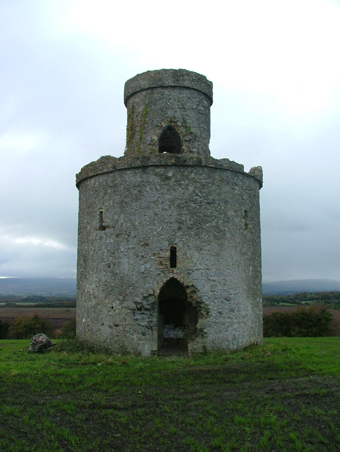
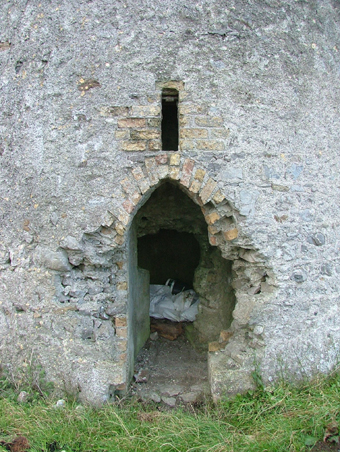
Franc Sadleir (1775-1851), the second son of Thomas Sadleir (1753-1815) of Castletown, County Tipperary, can easily be described as a lifelong devotee of Trinity College Dublin. Sadleir was elected as a Scholar of Trinity College at the tender age of fifteen and, following a long career dedicated to academic pursuits, was elevated to the position of Provost in 1837, a post he held until his death at the age of seventy-seven. Sadleir was equally committed to the country estate he leased in King’s County [County Offaly] around the time of his marriage in 1801 to Letitia “Letty” Abigail Grave (1776-1850) and detailed day books, starting in 1803 and finishing with an entry on the day before he died in December 1851, reveal that Mullagh, or Mulla as he usually referred to it, was never far from his mind. While not exhaustive diaries, the day books are full of anecdotes on daily goings-on, farming news, to-do lists and notes on those who accompanied him on trips to and from Dublin. Spanning almost half a century, the day books are a unique single-person narrative, a record of the daily life of the prosperous gentleman farmer in the early nineteenth century.
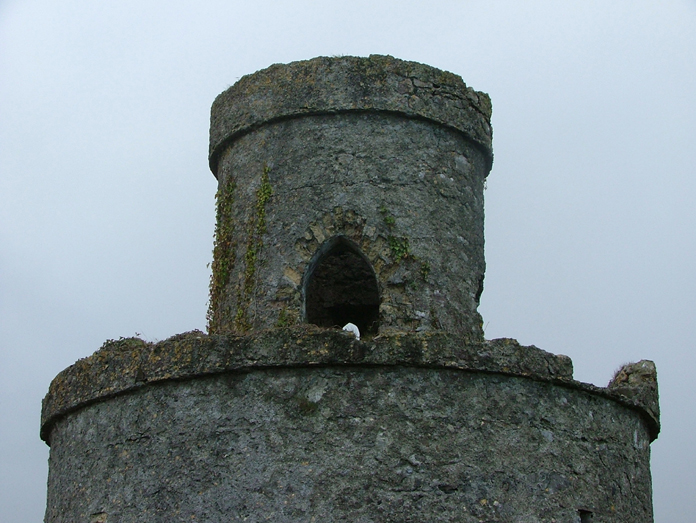
Sadlier was a master of brevity and understatement, sometimes frustratingly so, and the climax of his academic career was recorded on the 20th of November 1837 as Got Lord Mulgrave’s letter giving me the Provostship. Given its elevated status in the architectural heritage of County Offaly, the last complete remnant of the Mullagh estate, the day entry for The Tower on Mullagh Hill is equally brief and, on the 30th of October 1830, he writes Found Tom’s tower nearly built adding, with equal import, and the hay almost brought in. Tom was Sadleir’s son, Thomas, and the tower is likely to have been erected to mark his coming of age.
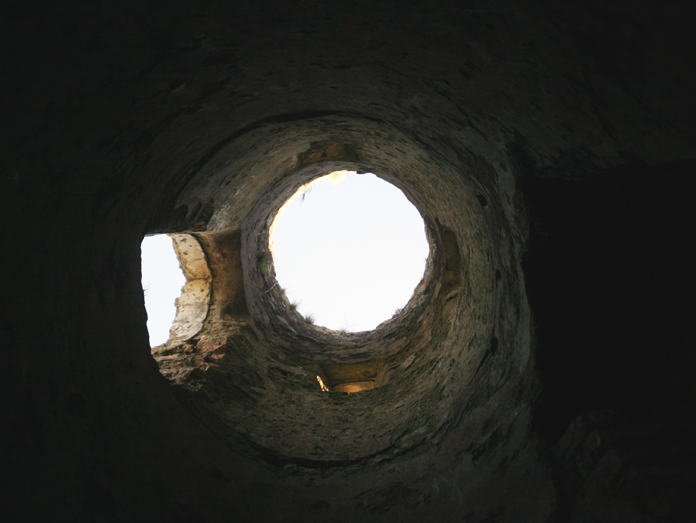
Sadleir’s day books include entries for numerous social calls to neighbouring estates where he may have found the inspiration to build. His frequent visits to Charleville Castle would have provided ample opportunity to take in the rustic grotto on the banks of the Clodiagh River and the slender Camden Tower with its unusual triangular plan. He mentions dining with the Lloyds which, if the Lloyds of Gloster House, would have allowed him to admire the obelisk-framed arch attributed to Sir Edward Lovett Pearce (d. 1733). Ballycumber House and Prospect House boasted a buttressed gazebo and tower (1811) respectively while the wooded grounds of Belview House were home to the round tower-like Belview Tower (1817). Sadleir also mentions dining with Daniel Clibborn at Moorock House where the footings of a turret illustrated on the 1806 Bog Commissioners’ Map have long since disappeared in dense woodland.
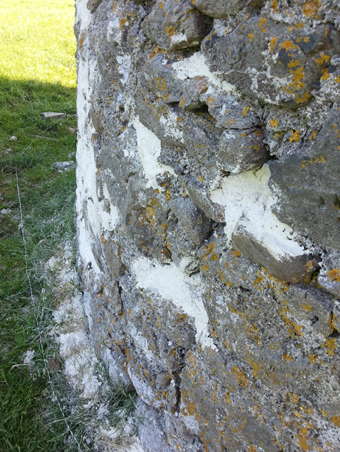
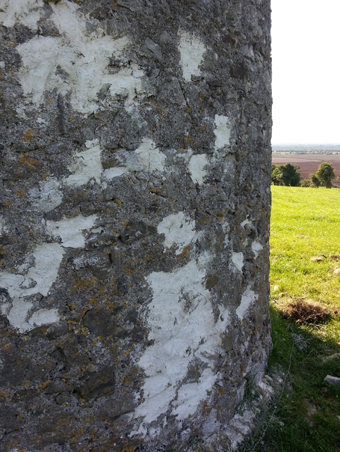
The Tower on Mullagh Hill takes the form of two stacked drums with the simple stepped silhouette matched by plain parapets on each level. A Georgian Gothic doorcase gives access to the lower drum where a mural stairs ascends to the upper drum. A second Georgian Gothic doorcase opens onto a walkway giving uninterrupted views of the surrounding landscape. Slender “loops” pierce the walls at intervals and, in addition to lighting the dark interior, contribute to the neo-medieval theme. The Tower on Mullagh Hill was complete by the summer of 1831 when, on the 20th of July, the day book included the entry Hoisted the flag on the tower at Mulla.
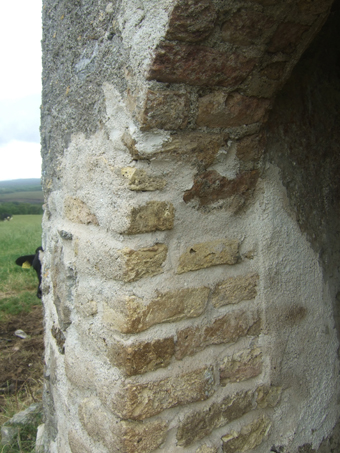
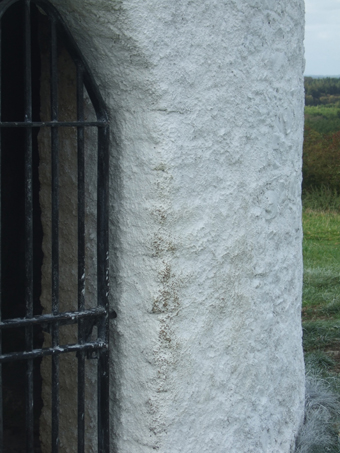
The Mullagh estate went into terminal decline in the early twentieth century when the house, which had passed from the Sadleir family, was deliberately destroyed by fire in 1922 to prevent it being used by Free State troops.
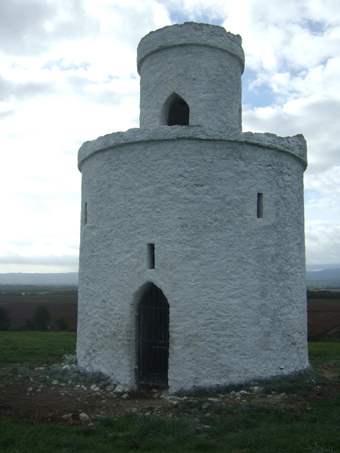
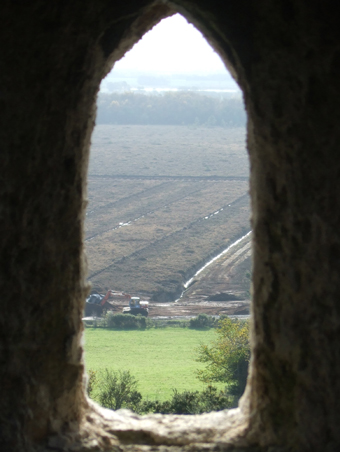
A report commissioned by The Follies Trust in 2012 assessed the condition of the long-neglected tower and made recommendations for its conservation and restoration. The report by Margaret Quinlan remarked that, despite being exposed to the elements, the exterior and interior finishes survived to a surprising degree. The restoration of the folly was carried out in 2014 with funding from the Department of Arts, Heritage and the Gaeltacht Built Heritage Investment Scheme, The Follies Trust and Offaly County Council. Work included the repair of the parapets where missing stones were replaced. Empty joints were repointed with lime mortar while the yellow brick work around the openings, particularly the Georgian Gothic doorcase, was also repaired. Several coats of limewash brought the project to a conclusion and the restored Tower on Mullagh Hill, its gleaming white walls dazzling in the brilliant sunshine, is now secure for generations to come.
FURTHER READING
Howley Hayes Architects, Eleven Follies in County Offaly (2013)
Howley, James, The Follies and Garden Buildings of Ireland (New Haven and London: Yale University Press, 1993)
McKenna, Rachel, Flights of Fancy: Follies, Families and Demesnes in Offaly (Offaly: Offaly County Council, 2017)
Mullally, Evelyn, A Decade of Follies: The First Ten Years of The Follies Trust (2006-2016) (Belfast: The Follies Trust, 2016)
Back to Building of the Month Archive